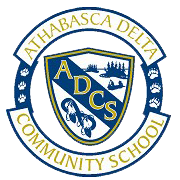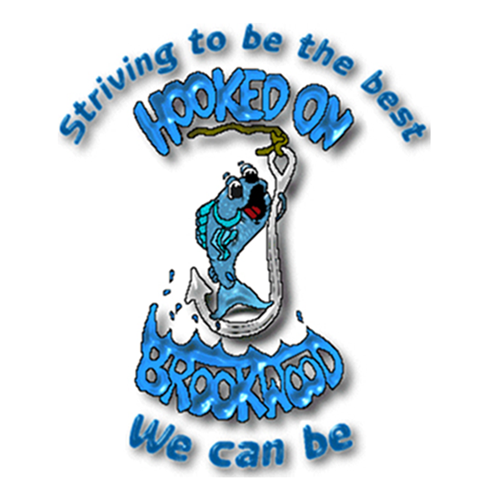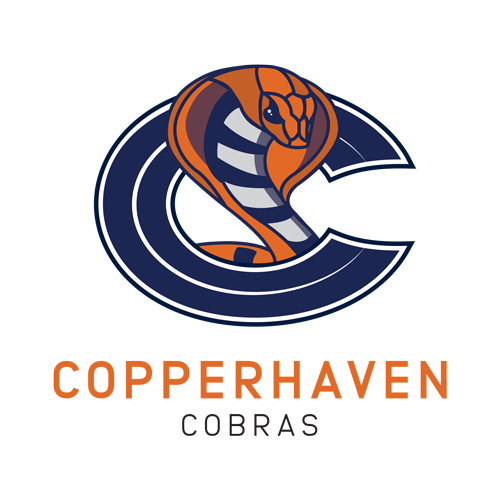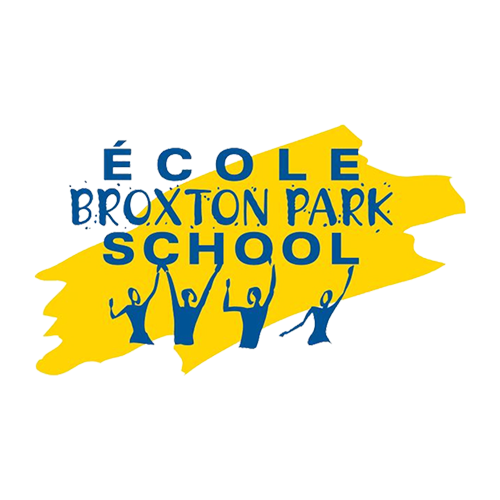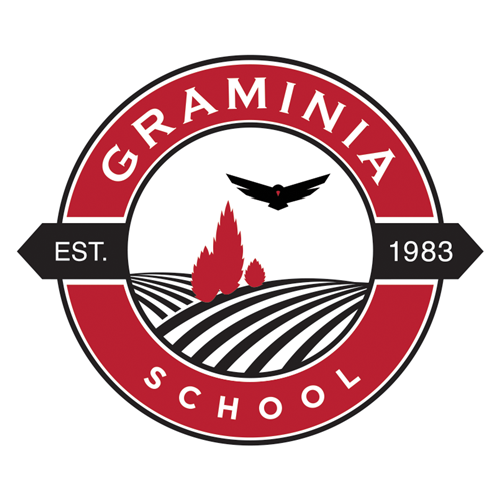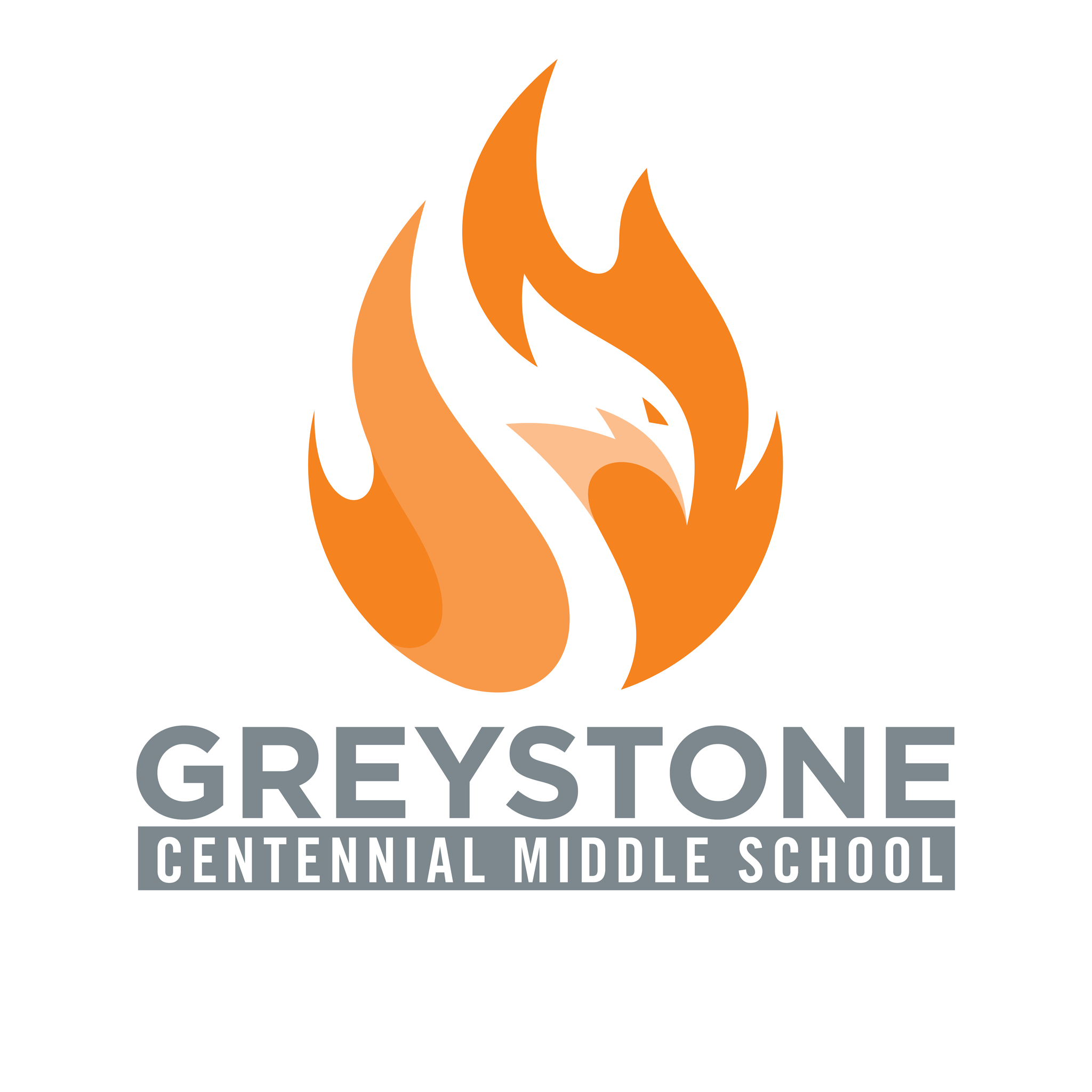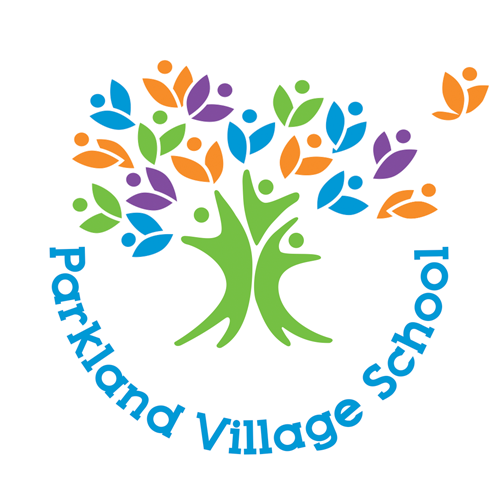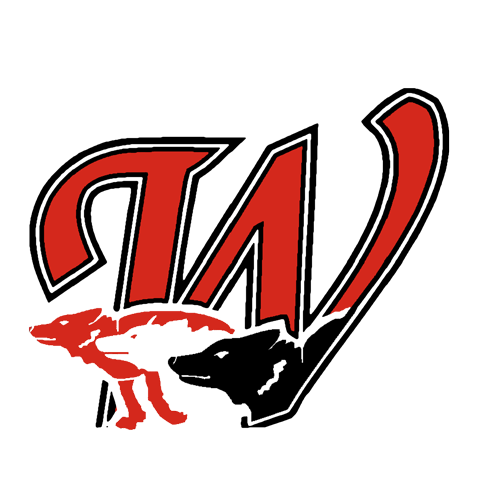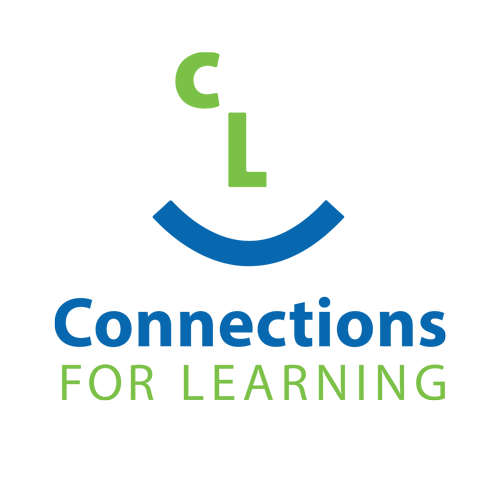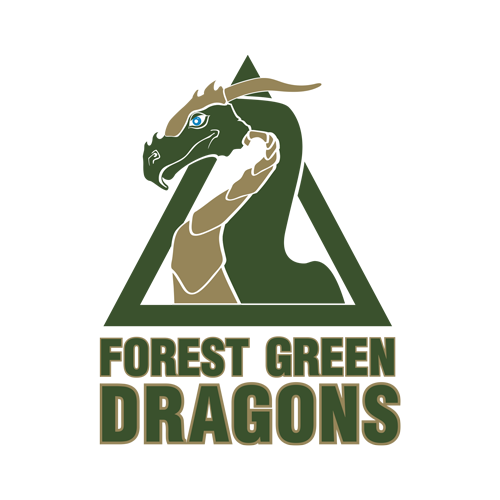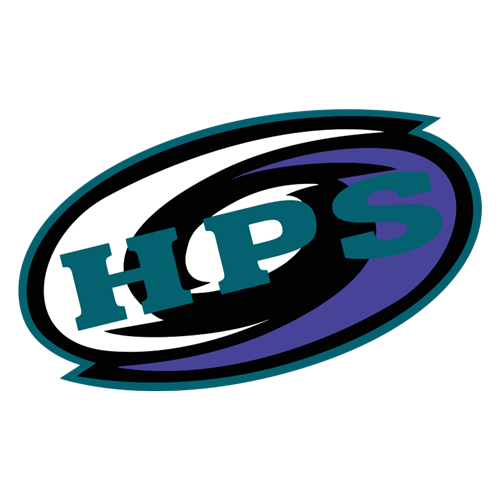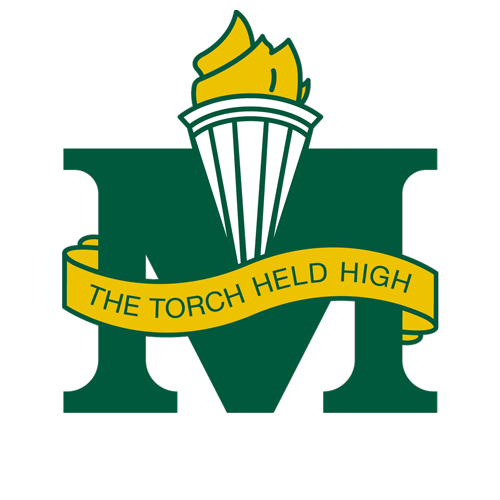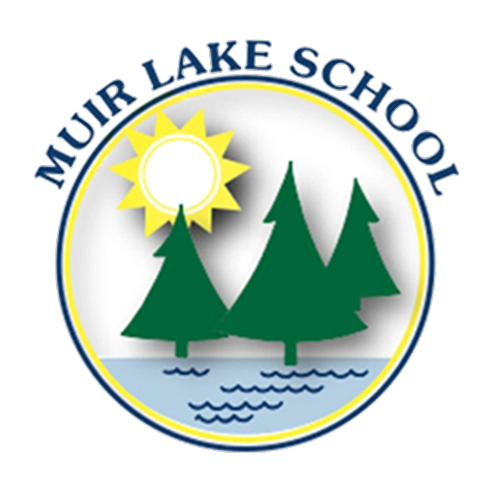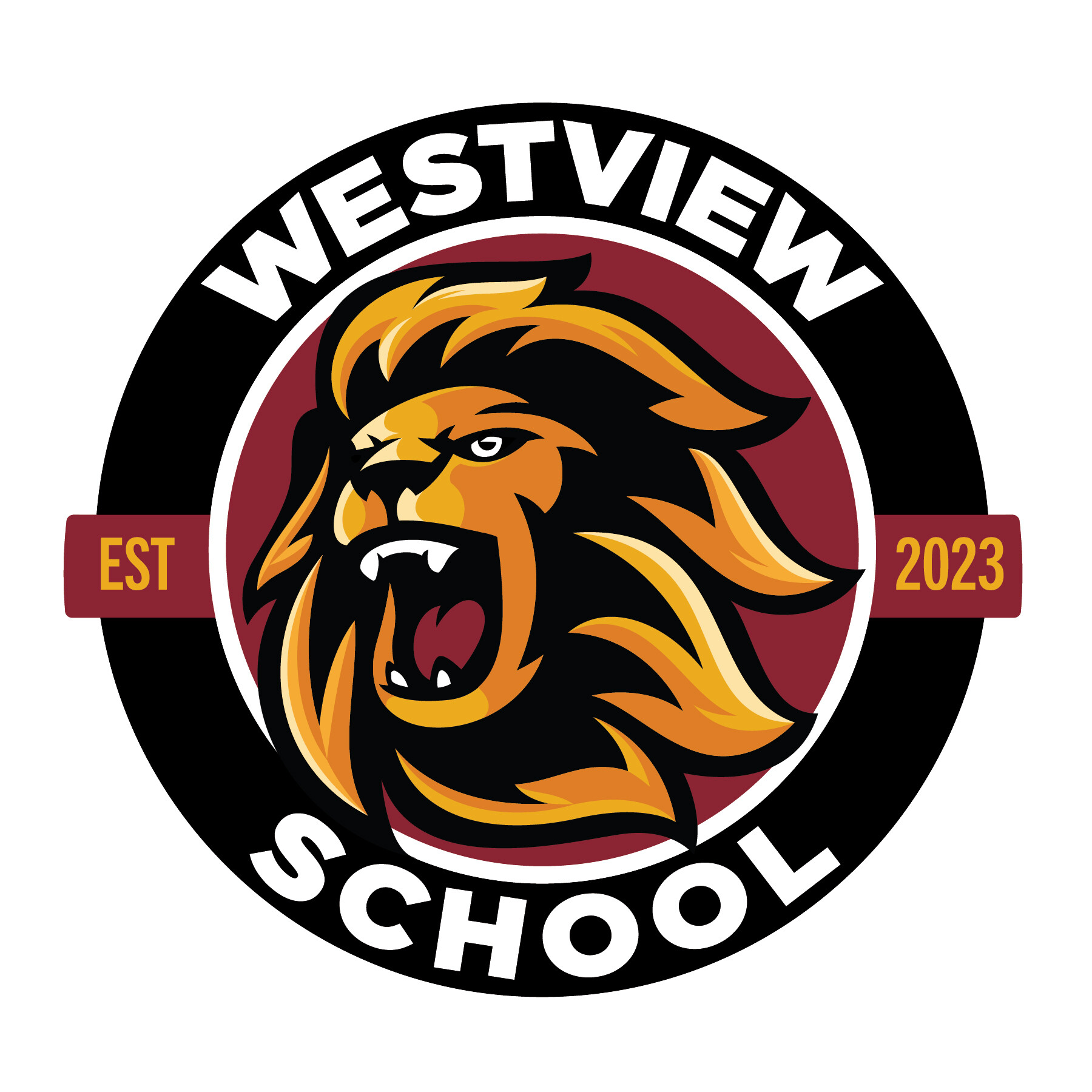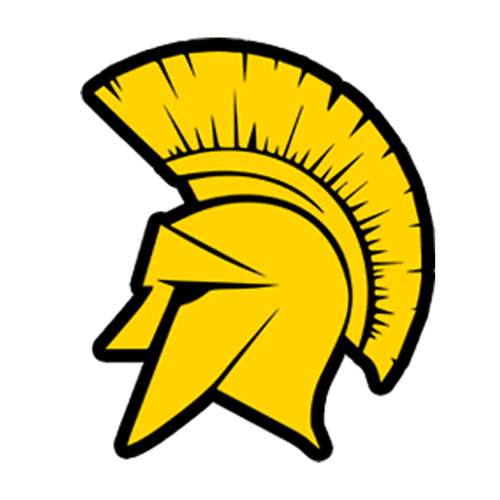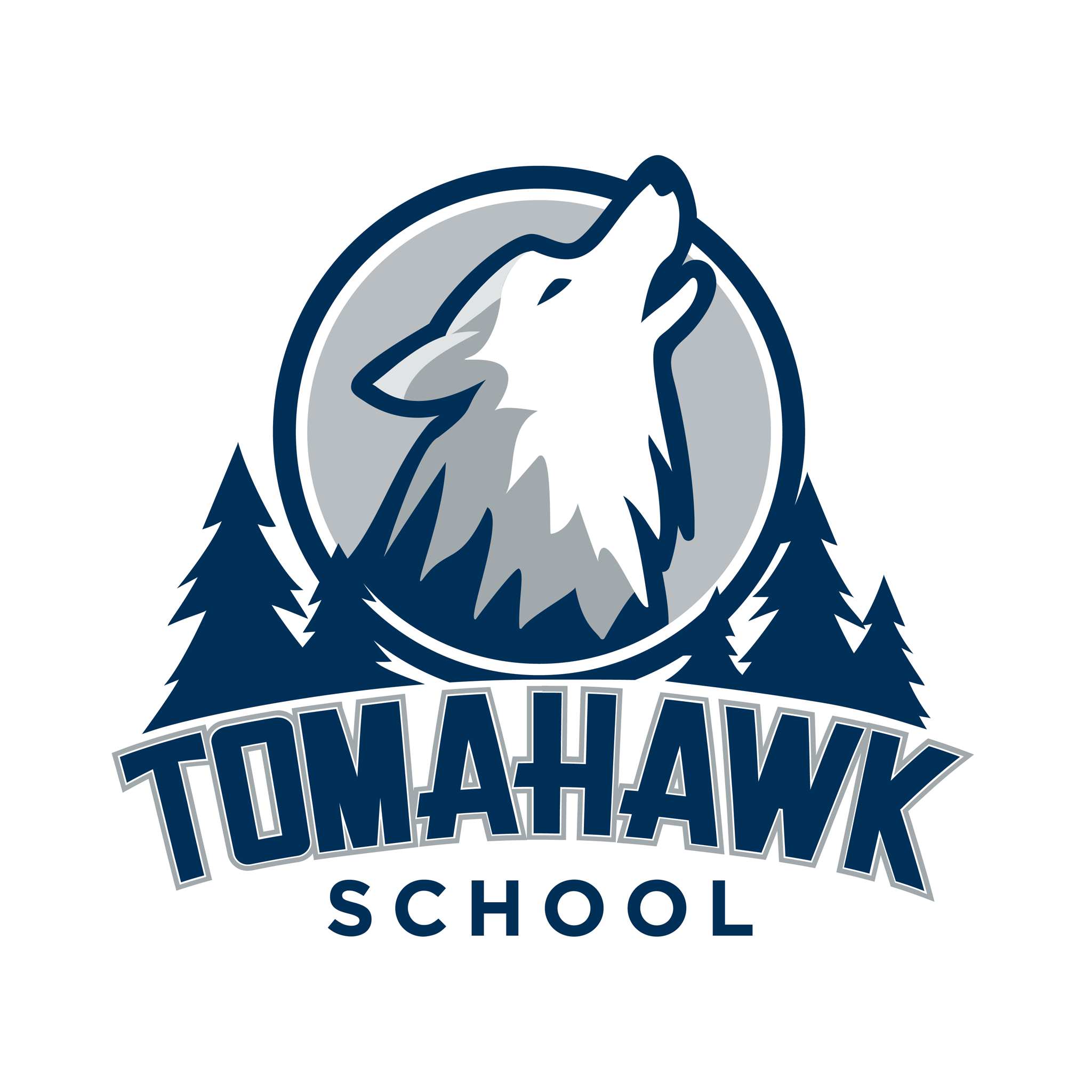Indigenous Teaching and Learning

Parkland School Division respects the historical significance and contributions of Indigenous People and their cultures and understands the important role that the Indigenous community plays today and in the future. The Division recognizes the need to take appropriate action to bridge and build our relationships with our First Nation communities.
In addition to creating school-based support for First Nations, Métis and Inuit students, the Division continues toward fulfillment of the recommendations of the Truth and Reconciliation Commission of Canada that apply to the education system. These steps include the displayed Treaty 6 flag in front of the Division office, the acknowledgement of the ancestral and traditional lands of the Treaty 6 Territory on which our buildings are located, and the Division’s commitment to foster Indigenous awareness and understanding by infusing Indigenous artifacts and language within our schools as a reminder of the history and importance of the Treaties.
Through continuing to embrace our Indigenous communities, several key objectives emerge for education planning:
- Improving the educational experiences of Indigenous students;
- Supporting educational achievement among Indigenous students;
- Improving the well-being of Indigenous students;
- Increasing the participation of Indigenous students in education;
- Improving the engagement of Indigenous students in education;
- Expanding understanding of Indigenous language and culture within our schools; and
- Establishing stronger relationships through effective collaboration with our Indigenous community partners.
Assurance Elements
Element 5: PSD Staff Demonstrate an Understanding of Indigenous Perspectives and Allocate Resources in Order to Support our Indigenous Students' Success & Well-being.
Element 8: Support Systems Promote Equity, Community and Belonging
Examples
Culture & Identity
- Stoney Language Classes - Language is an inherent part of cultural belonging and identity and the Stoney Language, one of our traditional Indigenous languages, is in danger of extinction. Through the efforts of Elders and staff, an online dictionary with recordings of local Elders has been created in an attempt to preserve the language. Despite the barriers presented by the pandemic, PSD and Paul First Nation Education collaborated to provide teachings to our Paul First Nation students in efforts to revitalize the Stoney Language. With the help of Elder Violet Poitras and Language Coordinator Glenna House, online lessons were developed and delivered online to students at Forest Green, Stony Plain Central, Connections For Learning and Memorial Composite High School. Plans to continue these lessons and provide access to Cree language programming to our MCHS students are also in the works.
- Land Acknowledgement (Poster Contest Video Summary) - Parkland School Division resides within Treaty 6 Territory. When we acknowledge the land, it is important for us to recognize the original intention and spirit of partnership that our Indigenous neighbours understood when they entered into those agreements with colonist settlers. In 2020-21, PSD invited students to think about how they might creatively represent a land acknowledgement and what it means to them. Students in grades 4-12 from across the Division submitted an entry to the contest. Their learning and thoughtfulness were evident. Prints of the winners from each of the categories now reside in each of our schools.
- Memorial Composite High School Indigenous Graduation Coach
- Elder in Residence - Our local Elders and Knowledge Keepers bring a richness of perspective and knowledge to our students, both Indigenous and non-Indigenous. Through the power of story and a connection to traditional practices, the presence of Elders in our schools provides guidance and support to our students.
- Increasing Indigenous visibility in schools - Through community engagements, with both internal and external stakeholders, we recognize that our Indigenous students need to see reflections of themselves in their environments. Whether it be in the physical environment through the representation of cultural symbols, the spiritual environment through the embedding of traditional practices, or through the human environment by increasing Indigenous representation in our staffing, we continue to do the work of raising the visibility of an Indigenous presence in our schools.
- Forest Green Healing Garden: In partnership with the Stony Plain Library, Forest Green School has provided a place for students to come and learn about the cultivation and harvesting of medicinal plants
- Tristan Lewis at Greystone
- Traditional Games at Muir Lake School
- Round Dance at MCHS
- PSD & Paul First Nation: A Kid’s Guide to Canada
- Walk for Common Ground
- Grade 12 Cultural Celebration (Eagle Feather & Metis Sash Presentation)
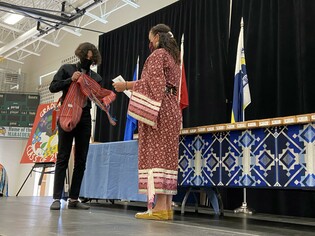 PSD has established a tradition of recognizing our graduating students of Indigenous backgrounds with a special event. The event involves teachings from local elders about the significance of the eagle feather and the Métis sash as well as performances of traditional drumming and singing. Each student is presented with an Eagle Feather or a Métis sash as they cross the stage.
PSD has established a tradition of recognizing our graduating students of Indigenous backgrounds with a special event. The event involves teachings from local elders about the significance of the eagle feather and the Métis sash as well as performances of traditional drumming and singing. Each student is presented with an Eagle Feather or a Métis sash as they cross the stage.
- Indigenous Self-Identification - PSD continues to promote the importance of Indigenous Self-Identification. When Indigenous students self-identify as being First Nations, Métis or Inuit, not only do they gain a sense of pride in their culture and the ability to connect with others from similar backgrounds, but they also help ensure they get the many different supports available to them in their education and future employment. Here's why it's important to self-identify, according to the Indigenous staff and students of Parkland School Division.
- National Indigenous Awareness Month
Land-Based Learning
Detailed description coming soon.
Allyship

- Bare Icebi - Gathering Together & Full Moon Learning Series
- The Full Moon Learning Series is an extension of the Bare Icêbi - Gathering Together. An opportunity to come together and strengthen our community in a safe space without judgement. A place to listen, learn, and explore our wonders. These opportunities are supportive of the Truth and Reconciliation Commission 94 Calls to Action, and support section 5 of the new Teacher Quality Standard: Applying Foundational Knowledge about First Nations, Métis and Inuit.
Balance
- Homework Hub - Once a week, after school, volunteers come together to support high school students at MCHS in their learning. Students work with staff to complete assignments, prepare for exams, and generally provide a support network for the students. The session ends with a meal before the students head home.
- Curriculum Connections Community - In the 2020-2021 school year, a number of educators came together to develop resources to support the Teacher Quality Standard: Applying Foundational Knowledge about First Nations, Métis and Inuit. Resources include novel studies, lessons for the Seven Grandfather Teachings, a Chickakoo Lake Nature Walk guide, and a high school novel study for Richard Wagamese’s work One Drum.
- School-based Support - Many of our schools have created positions to directly support our Indigenous students. Memorial Composite High School has an Indigenous Graduation Coach, Spruce Grove Composite High School has an Indigenous Culture and Education Team, and Forest Green School, Stony Plain Central School and Duffield School have First Nation, Métis and Inuit liaisons. As well, 21-22 will see the establishment of a coalition of representation from each school to come together and build capacity within schools to lead this work.
